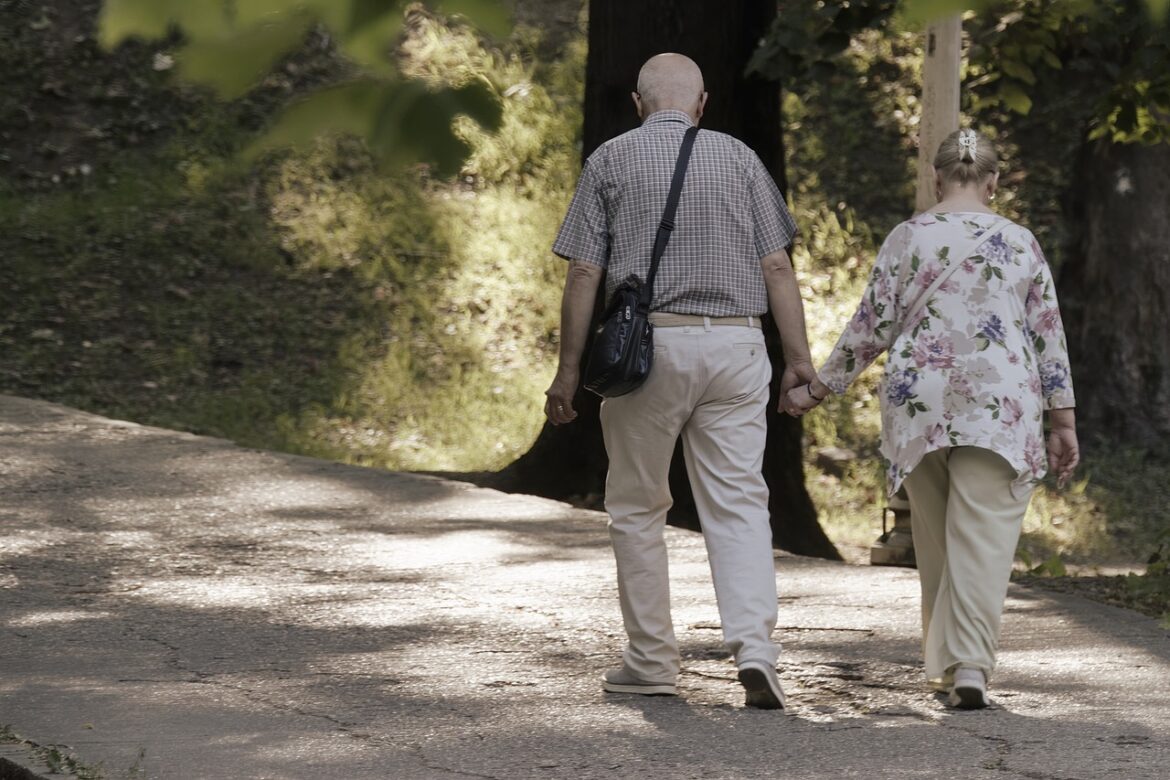The importance of Falls Prevention Month 2020
Each September, we take time to bring awareness to Falls Prevention. Nearly 650,000 falls occur globally each year; making falls the second cause of unintentional death behind road traffic injuries. Falls can occur at any age. However, some risk factors increase your risk of falling. They are age greater than 65 years old, gender, medication usage, cognitive impairments, and sensory deficits.
As the human body ages, there are natural changes that affect sensory and motor pathways. Our postural reflexes (the reflexes that help right your body when you are off-balance) slow. It becomes harder to right yourself when you lose your balance due to this slowing, leading to falls. Also, as you age, muscles can become weaker. Weakness can occur because you are becoming less active, begin to feel more unsteady on your feet and adapt your activities to feel safe, and the overall loss in muscle density as you age.
Falls in Men vs. Women
There are a few noteworthy differences between men and women when it comes to falls. Women are 50% more likely to suffer from falls than men. However, those falls tend to be non-fatal. Some of the risk factors linked to women falling more may be due to hormonal changes that increase the risk for osteoporosis and an increase in gait variability (walking pattern changes) that occurs when multi-tasking. Men are less likely to fall but are more likely to die from a fall than women. Some believe this may be due to their increased age when they fall, and some studies have shown that men’s falls are more likely to be due to loss of support.
Medication and Falls
Medication usage is a huge discussion piece when it comes to falls prevention. There are multiple categories of drugs that can increase the risk of falls due to its side effect. Discuss medications with your physician before changing or discontinuing any medication. Some drugs (psychotropic, diuretics, anti-hypertensive, and anti-parkinsonian) can cause decreased alertness, depress psychomotor function, increase fatigue, dizziness, and cause postural hypotension. Modification of medications, changing the time of day you take the medication, and checking to make sure there are no drug interactions is a first step in correcting the side effects that may increase your risk of falls.
Cognitive and Sensory Impairments
Cognitive impairments exacerbate and may even cause gait impairments and increase fall risk. People with neurological diseases such as Parkinson’s disease, multiple sclerosis, stroke, or Alzheimer’s disease experience falls more frequently. Part of this is due to attention. As aging occurs, the body’s attentional resources decrease, and dual tasks become more challenging to perform. If a person is walking and performing a secondary task like:
- talking
- looking for an object
- carrying a bag
The performance of a least one of the tasks will deteriorate when performed simultaneously. Falls increase when people are trying to do two jobs simultaneously because their brain and motor system can’t process that many inputs at the same time. Sensory deficits that occur with aging also play a large role in fall risk. All of these sensory deficits increase the risk of falls:
- Vision changes
- cataracts
- macular degeneration
- glaucoma
- diabetic retinopathy
- reduced depth perception
- changes in glasses prescription from single to bifocals
Vision testing and annual assessments will help catch problems before they lead to falls.
Ways to Prevent Falls
Even though there are many different risk factors discussed above for falls, there are also many ways to prevent falls.
- Review medications with a medical professional. They will help you assess which medications may be causing side effects leading to increased falls risk.
- No bifocals allowed. The frequent change in vision when looking through bifocals may cause a loss of footing and result in a fall. A pair of glasses for distance and a pair of readers is a safer choice.
- Exercise is important. Strength training and balance training are critical components to helping prevent falls. Multiple studies have shown that strength training and balance training exercises help to prevent falls. Stronger muscles and better muscular control will help your body correct itself when off-balance, preventing a fall from happening. Balance training is essential for all ages, but it is especially crucial in adults 65-year-old and older. Proprioception (where your body is in space) decreases with aging. It is a skill that can improve if practiced. Older adults need to continue working on their balance to keep themselves healthy and fall-free as they age.
- Reduce home environment hazards. One third to ½ of all falls occur from home hazards. Low lighting, clutter, slippery floors, unsecured rugs and mats, lack of non-skid mats in the bathtub, and stairs are a few of the more common home environmental hazards. Making sure you have adequate lighting, no clutter, no throw rugs or mats on the floor, non-skid bath mats, bathroom grab-bars, and railings with staircases are suitable modifications. A PT or OT can perform a home assessment to help make your home hazard-free.
- Provide opportunities for safe socialization. Fear of falling, typically after a previous fall, leads to self-imposed restrictions in mobility, reduced activity, depression, social isolation, and leads to a subsequent increase in fall risk. Find safe activities that allow for socialization and continued independence are essential in reducing fall risk.
Falls can’t always be prevented, but the tips noted above and work with a Physical Therapist can help gain confidence, independence, and mobility to return you to ENJOYING MORE FREEDOM with less risk of falling.

